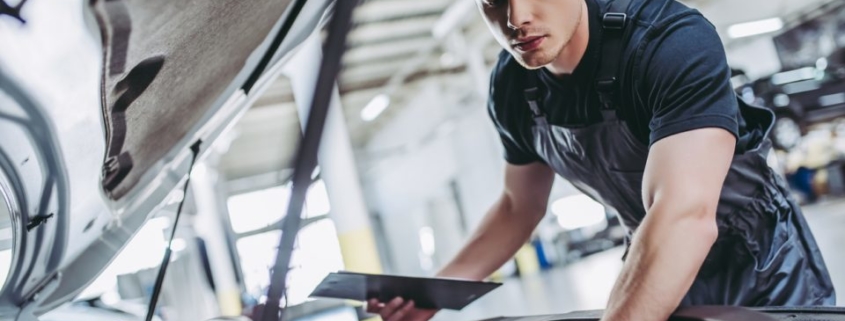Mastering Service Lane Marketing
“Customers don’t know what they want until you show it to them.” – Steve Jobs
When customers shop, they either browse vehicles that might catch their fancy, or they gravitate toward a vehicle that fits their needs in the best possible way. How you approach these people and the environment you place them in is critical to your success.
If your customers don’t really need a new vehicle but are in an equity position, then you need to give them a promotional experience – an excuse to buy. But, if they need a new vehicle due to costly repairs or obsolescence, then you give them information – logic.
One size does not fit all
You’re more likely to convince customers to buy or trade for a vehicle if your strategy aligns with their mindset. You need to have your service lane ready for both promotional and logical purchase mindsets.
Q: What makes car shoppers consider a vehicle they don’t really need?
A: Positives
Unengaged customers are more likely to consider buying a new product if they anticipate a “win,” or if that product promises a feeling or an experience that is new or exciting. An example would be building off-road displays for crossovers, SUVs and pickup trucks Or, an example of increased cargo capacity (bikes, kayaks, golf clubs, luggage, etc.) can be effective in giving the customer a visual for a new experience.
Unengaged customers are put off by taxing, factual details. One possible reason is that when shoppers imagine the feeling or experience a product promises, they’re using the brain’s daydreaming mode. You can only daydream if your mind is allowed to wander, and it can’t wander if your attention is absorbed in numbers.
Look at your service lane. Is it just nuts and bolts? (Pun intended) Is the service lane included in the dealerships sales activities? In addition to providing service information, does it communicate that NOW is a good time to trade up?
Q: How do you convert a “need” buyer?
A: Information
If you have a need buyer and it would be advantageous for them to switch to another vehicle, then you need to give them information. Give clear, detailed specifications and offer accurate comparisons to maintaining their current vehicle vs. buying or leasing a new one. Here is a checklist for the information buyer:
Fuel economy – Gas prices may be low now, but chances are they’ll rise again. The fuel economy of new U.S. cars and trucks hit a record 24.7 miles per gallon.
Repair costs – How much it costs to repair your current car. If your annual repair bills exceed a year’s worth of car payments, then it’s time to start shopping.
How much value your car continues to lose – Cars depreciate significantly over the first few years of ownership, often more rapidly than your monthly payments are paying down the loan, putting you upside-down financially.
Safety – Every car should have:
- Backup camera
- Curtain airbags
- Electronic stability control (ESC)
- Forward-collision warning
- Blind-spot monitoring
- Lane-departure warning
- A “Good” score in the IIHS small-overlap test
Only the latest designs do well in the difficult small-overlap front crash test from the Insurance Institute for Highway Safety. Many of today’s high-tech cars work to avoid crashes altogether, warning the driver about hazards and sometimes responding to threats quickly. Advanced systems can automatically slow or completely stop a car. Visibility aids such as rear cameras and blind-spot monitoring show what’s around you, helping situational awareness.
Connected features – Almost every recent car has these as standard.
- Hands-free phone usage
- USB port for plugging in a phone
- Bluetooth phone connectivity
Specialty items
- Voice commands recognition
- Built-in navigation
- Ability to use integrated apps like Pandora or Spotify
At the very end, signing the contract to buy a vehicle is an emotional decision. It’s a significant commitment. But, knowing a customer’s mindset along the way can help you determine the best path to take on the way to a sale.



